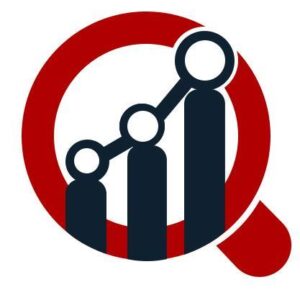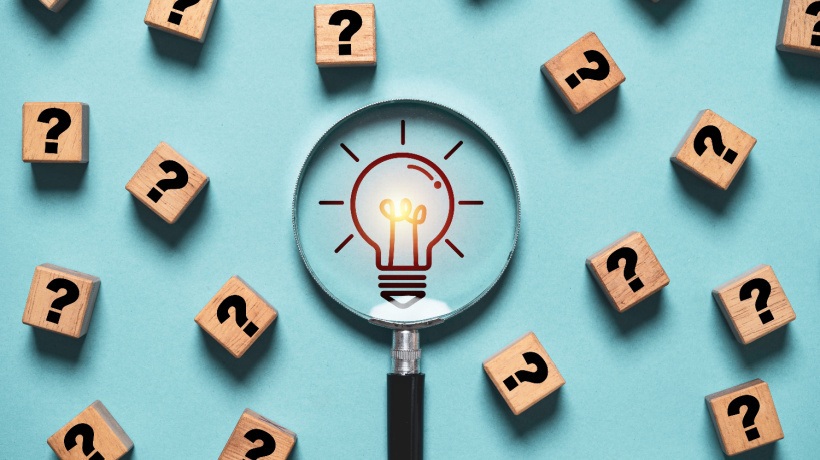The Future Of Self-Regulation In A Rapidly Changing World
As digital transformation accelerates and Artificial Intelligence (AI) becomes deeply embedded in educational systems, self-regulation has emerged not as an optional skill but a fundamental necessity. In a world where classrooms evolve into intelligent, interactive platforms, learners must take control of their learning journeys through strong self-regulatory skills, acting as an internal GPS navigating the complexities of content and technology. This trend is especially crucial in the age of smart learning environments and AI-powered education.
What Is Self-Regulation?
Self-regulation refers to an individual's ability to consciously manage their thoughts, emotions, and behaviors to achieve specific goals. It encompasses skills such as planning, self-assessment, emotional regulation, and time management. According to Zimmerman and Schunk, self-regulation is a cyclical process with three main phases: forethought, performance, and self-reflection [1]. In educational settings, it is the bedrock of independent learning and academic success, particularly in digital environments that demand self-directed learning strategies and strong metacognitive awareness.
The Role Of AI In Enhancing Self-Regulation
Artificial Intelligence offers powerful tools to reinforce self-regulated learning in smart learning environments:
- Instant feedback
Enhances students' response quality by up to 47%, supporting adaptive learning paths and personalized learning with AI. - Personalized recommendations
Boost course completion rates by up to 25%, addressing diverse learner needs in real time. - Learning analytics dashboards (LADs)
Help learners track their performance and reduce dropout rates by 30%, making them central to education technology trends in 2025.
How Smart Environments Empower Learners
Smart learning environments promote self-regulation through:
- Personalized learning paths
73% of students report improved understanding via an AI-driven LMSs, a clear benefit of self-directed learning strategies. - Real-time monitoring
Improves academic outcomes by 30% and allows for continuous formative assessment. - Engaging content and gamification
Adaptive tools increase engagement by 42% and gamified platforms by 54%, strengthening motivation and supporting metacognitive learning tools.
Why Self-Regulation Matters In 2025
Self-regulation is one of the most vital twenty-first-century skills. AI tools now identify at-risk students with up to 90% accuracy, enabling timely interventions. Learners with higher self-regulatory abilities perform better, manage stress efficiently, and thrive in autonomous, personalized learning experiences. These trends align with the broader push for digital skills for students across global education systems.
Best Practices For Implementation
To cultivate self-regulation within smart learning environments, educational institutions should:
- Design user-friendly and AI-powered learning platforms optimized for personalized learning.
- Integrate actionable feedback and analytics through learning analytics dashboards.
- Encourage goal-setting and self-assessment to promote self-regulated learning.
- Embed metacognitive strategies through adaptive systems that recommend study practices based on learner data.
- Offer emotional and motivational support via virtual agents, an emerging part of AI in education.
Challenges And Opportunities
Key Challenges
- Access inequality
The digital divide impacts skill development and access to education technology. - Skill gaps
Many learners need foundational self-regulation training and support. - AI dependency
Overreliance may reduce learner autonomy if not carefully designed.
Promising Opportunities
- Hyper-personalized learning experiences based on learner data and preferences.
- Enhanced learner motivation and retention via real-time feedback and gamification.
- Data-driven Instructional Design that adapts curricula dynamically and supports education technology trends in 2025.
Insights, Recommendations, And Future Directions
- Key takeaways
-
- Self-regulation is essential for effective learning in smart environments.
- AI can amplify both support and risk factors for learner independence.
- Recommended actions
-
- Develop self-regulation training modules using AI and digital platforms.
- Adopt data-informed pedagogical models supported by learning analytics dashboards.
- Foster interdisciplinary collaboration between EdTech developers and educators.
- Looking ahead
-
- Standardize assessment frameworks for self-regulated learning.
- Embed self-regulation competencies into digital curricula and LMS tools tailored for self-directed learning strategies.
Conclusion
As AI continues to shape modern education, self-regulation remains a cornerstone skill enabling learners to take charge of their development. The harmonious integration of smart systems and learner autonomy is critical for building inclusive, personalized, and future-proof educational experiences driven by AI.
Moreover, self-regulation serves as a catalyst for lifelong learning. As learners gain the ability to assess their needs, set realistic goals, and evaluate their own progress, they become more adaptable and resilient in the face of continuous technological change. These competencies are not only essential for academic success but also for professional growth and digital citizenship in a world increasingly mediated by intelligent technologies.
Educational leaders and technology developers must therefore work hand in hand to create ecosystems where AI supports—not supplants—student agency. With careful design and intentional pedagogy, smart learning environments can become powerful arenas where learners develop critical thinking, emotional intelligence, and self-regulatory mastery. Ultimately, it is the fusion of technological innovation with human-centered learning that will define the next generation of education.









